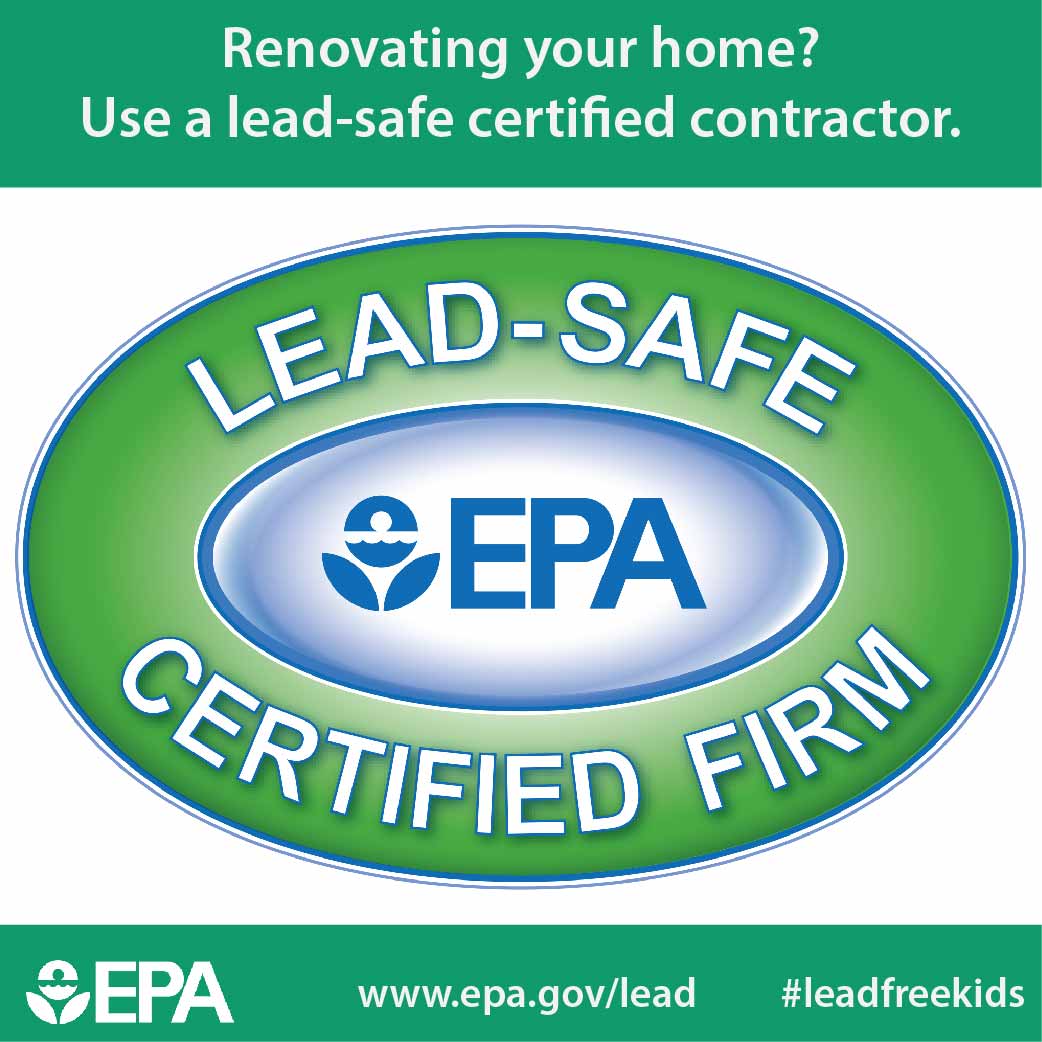Find Out About The Methods Which Seasonal Elements Can Impact The Success Of Business External Paint And Figure Out The Very Best Times To Achieve Lasting Outcomes For Your Project
Find Out About The Methods Which Seasonal Elements Can Impact The Success Of Business External Paint And Figure Out The Very Best Times To Achieve Lasting Outcomes For Your Project
Blog Article
Post Created By-Burnham Celik
When you're intending a commercial external paint job, seasonal aspects can make or damage your results. You'll want to take into consideration exactly how temperature level and moisture impact paint application and drying out times. Choosing the ideal period can guarantee your paint sticks correctly and lasts much longer. But which periods are truly the very best for this type of work? Let's explore the key elements that can impact your job's success.
The Effect of Temperature Level on Paint Application
When you're preparing a business outside painting task, the temperature can considerably impact just how well the paint sticks and dries out.
Preferably, staightline intend to paint when temperature levels vary between 50 ° F and 85 ° F. If it's as well cool, the paint might not heal properly, causing problems like peeling or fracturing.
On the other hand, if it's as well hot, the paint can dry as well swiftly, stopping proper bond and leading to an uneven surface.
You must also take into consideration the moment of day; early morning or late afternoon provides cooler temperatures, which can be much more desirable.
Constantly examine the supplier's referrals for the details paint you're making use of, as they often give advice on the perfect temperature level range for ideal results.
Humidity and Its Result on Drying Times
Temperature level isn't the only environmental element that influences your commercial external paint project; humidity plays a considerable function also. High moisture levels can slow down drying times drastically, impacting the general top quality of your paint work.
When the air is saturated with moisture, the paint takes longer to treat, which can result in issues like bad adhesion and a greater danger of mildew growth. If you're repainting on a specifically humid day, be planned for extended delay times in between layers.
It's crucial to check neighborhood weather and strategy as necessary. Preferably, aim for humidity degrees between 40% and 70% for optimal drying out.
Keeping these consider mind ensures your task remains on track and supplies a lasting finish.
Best Seasons for Commercial Exterior Painting Projects
What's the very best time of year for your business outside painting tasks?
Spring and very early autumn are normally your best choices. Throughout these seasons, temperatures are mild, and humidity degrees are typically reduced, producing excellent conditions for paint application and drying.
Avoid summertime's intense heat, which can trigger paint to completely dry as well swiftly, resulting in poor adhesion and finish. Likewise, winter season's chilly temperature levels can impede correct drying and curing, risking the longevity of your paint work.
Go for days with temperature levels in between 50 ° F and 85 ° F for optimum outcomes. Remember to inspect the regional weather prediction for rain, as wet problems can wreck your job.
Preparation around these factors ensures your paint job runs efficiently and lasts longer.
Verdict
Finally, preparing your industrial exterior paint projects around seasonal considerations can make a substantial difference in the end result. By scheduling job during the optimal temperatures and moisture levels, you'll guarantee better bond and drying times. Remember to watch on neighborhood weather report and pick the correct time of year-- springtime and early fall are your best bets. Taking edmonton house painters will help you accomplish a sturdy and professional finish that lasts.
